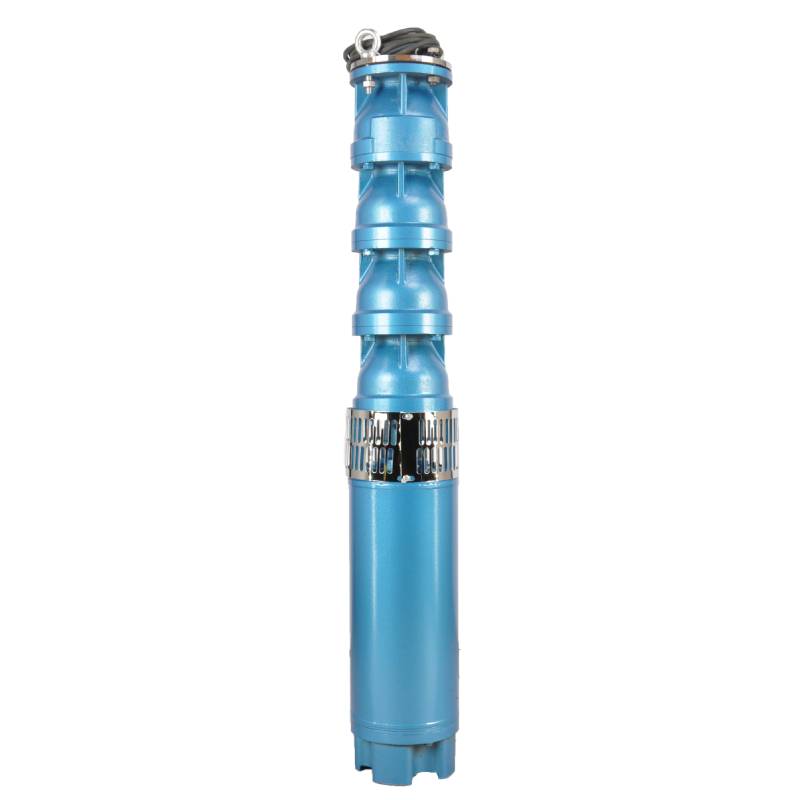Nov . 23, 2024 15:01 Back to list
1 HP Submersible Water Pump for Efficient Water Extraction and Drainage Solutions
The Benefits and Applications of a 1 HP Submersible Water Pump
Water management is a crucial aspect of various industries, agriculture, and even domestic settings. One of the indispensable tools that makes water management efficient and effective is the submersible water pump. Among the various options available in the market, the 1 HP submersible water pump stands out due to its versatility and power. This article will explore the features, benefits, and applications of a 1 HP submersible water pump.
What is a Submersible Water Pump?
A submersible water pump is a device designed to be submerged in water, effectively pumping fluids from below the water surface. Unlike traditional pumps that operate above ground, submersible pumps work underwater, pushing fluid to the surface through a series of pipes. The HP in the 1 HP submersible water pump refers to horsepower, a unit of measurement for power output. A 1 HP capacity indicates the pump can handle a significant amount of work, making it suitable for various applications.
Key Features of a 1 HP Submersible Water Pump
1. Powerful Performance A 1 HP submersible water pump can typically move water at rates ranging from 30 to 60 gallons per minute (GPM), depending on the model and pressure conditions. This high flow rate makes it suitable for heavy-duty tasks.
2. Durability and Reliability Most 1 HP submersible pumps are constructed from robust materials such as stainless steel or thermoplastic, providing resistance against corrosion, rust, and wear. This durability ensures a longer lifespan for the pump, making it a wise investment.
3. Energy Efficiency Many modern submersible pumps are designed with energy efficiency in mind. With advancements in technology, these pumps provide high performance with lower power consumption, resulting in reduced electricity costs.
4. Compact Design The compact design of submersible pumps allows for easy installation in tight spaces, such as wells, basements, and tanks. Their ability to operate submerged means there is no need for extensive above-ground infrastructure.
1hp submersible water pump

5. Automatic Operation Many 1 HP submersible pumps come with automatic float switches that allow for automatic operation. This means the pump will turn on and off based on water levels, ensuring effective water management without manual intervention.
Applications of a 1 HP Submersible Water Pump
1. Agriculture In agriculture, a 1 HP submersible water pump is often used for irrigation purposes. Farmers can efficiently extract groundwater to irrigate fields, especially in areas where surface water is scarce. This ensures crops receive the necessary hydration for optimal growth.
2. Residential Use Homeowners utilize 1 HP submersible pumps for various domestic applications, such as draining flooded basements, emptying swimming pools, or even for maintaining fountains and aquariums. Their ability to handle significant water volumes makes them invaluable for emergencies and regular maintenance.
3. Construction Sites Construction projects often require water drainage to create safe work environments. A submersible pump can quickly remove water from excavation sites, ensuring the area remains dry and operational.
4. Municipal Water Supply Many municipalities rely on 1 HP submersible pumps for their water supply systems, drawing water from underground sources to supply households and businesses.
5. Wastewater Management In sewage and wastewater treatment facilities, submersible pumps are essential for moving waste materials through different stages of processing, ensuring efficient treatment and reducing the risk of overflow and contamination.
Conclusion
The 1 HP submersible water pump serves as a reliable and efficient solution for many water management needs across various sectors. With its powerful performance, durability, and energy efficiency, it is an asset that can streamline operations, whether in agricultural landscapes, residential settings, or industrial contexts. By investing in a quality submersible water pump, users can ensure efficient water management while minimizing operational costs and maximizing effectiveness.
-
Submersible Water Pump: The Efficient 'Power Pioneer' of the Underwater World
NewsJul.01,2025
-
Submersible Pond Pump: The Hidden Guardian of Water Landscape Ecology
NewsJul.01,2025
-
Stainless Well Pump: A Reliable and Durable Pumping Main Force
NewsJul.01,2025
-
Stainless Steel Submersible Pump: An Efficient and Versatile Tool for Underwater Operations
NewsJul.01,2025
-
Deep Well Submersible Pump: An Efficient 'Sucker' of Groundwater Sources
NewsJul.01,2025
-
Deep Water Well Pump: An Efficient 'Sucker' of Groundwater Sources
NewsJul.01,2025
-
 Submersible Water Pump: The Efficient 'Power Pioneer' of the Underwater WorldIn the field of hydraulic equipment, the Submersible Water Pump has become the core equipment for underwater operations and water resource transportation due to its unique design and excellent performance.Detail
Submersible Water Pump: The Efficient 'Power Pioneer' of the Underwater WorldIn the field of hydraulic equipment, the Submersible Water Pump has become the core equipment for underwater operations and water resource transportation due to its unique design and excellent performance.Detail -
 Submersible Pond Pump: The Hidden Guardian of Water Landscape EcologyIn courtyard landscapes, ecological ponds, and even small-scale water conservancy projects, there is a silent yet indispensable equipment - the Submersible Pond Pump.Detail
Submersible Pond Pump: The Hidden Guardian of Water Landscape EcologyIn courtyard landscapes, ecological ponds, and even small-scale water conservancy projects, there is a silent yet indispensable equipment - the Submersible Pond Pump.Detail -
 Stainless Well Pump: A Reliable and Durable Pumping Main ForceIn the field of water resource transportation, Stainless Well Pump has become the core equipment for various pumping scenarios with its excellent performance and reliable quality.Detail
Stainless Well Pump: A Reliable and Durable Pumping Main ForceIn the field of water resource transportation, Stainless Well Pump has become the core equipment for various pumping scenarios with its excellent performance and reliable quality.Detail
